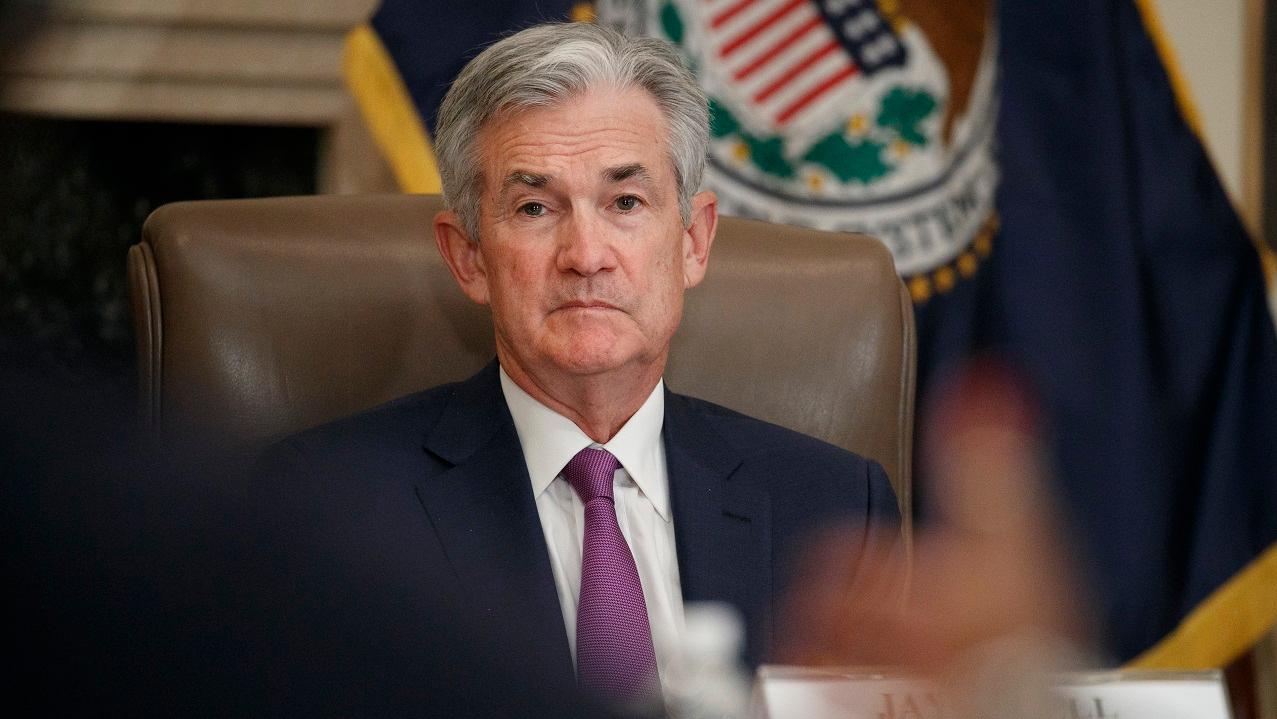Fed minutes reveal policymakers divided over rate cuts
Federal Reserve officials were divided over whether to lower interest rates in mid-September, with some policymakers warning that financial markets are expecting more rate cuts than the U.S. central bank will deliver this year.
Minutes from the Sept. 17-18 Federal Open Market Committee meeting published Wednesday revealed a sharp division among policymakers over the decision to cut the benchmark federal funds — the second time the U.S. central bank did so this year.
Last month, the Fed lowered rates by a modest 25 basis points to a range between 1.75 percent and 2 percent.
Participants who supported the reduction cited threats to the economic outlook, such as trade uncertainties, and low inflation. Those who voiced opposition to a second cut, however, said the economy had not deteriorated since July, when the Fed first cut rates for the first time in a decade.
Plus, documents showed that a few participants worried about the expectations formed by markets "currently suggesting greater provision of accommodation at coming meetings than they saw as appropriate and that it might become necessary for the Committee to seek a better alignment of market expectations regarding the policy rate path with policymakers' own expectations for that path."
Still, despite the fracture among policymakers, traders on Wednesday continued to price in about an 80 percent chance of a third rate cut at the Fed's upcoming meeting at the end of October.
The dot plot that accompanied the decision showed that seven members expect the Fed to cut rates one more time this year.
Seven of 10 members voted in favor of lowering rates, with three dissenting. St. Louis Fed President James Bullard supported a half-pointed cut; Kansas City Fed President Esther George and Boston Fed President Eric Rosengren, meanwhile, wanted to take no action.
The minutes came one day after Chairman Jerome Powell announced the central bank would start increasing its balance sheet "soon," though he stressed it was not quantitative easing, which previously took the balance sheet to $4.5 trillion.
"What does it all mean?" Mark Hamrick, Bankrate.com's senior economic analyst, said in a statement. "Amid significant headwinds, expectations of moderating or weakening economic activity and low-interest rates, opportunities will remain for lower-cost borrowing both for consumers and business."
